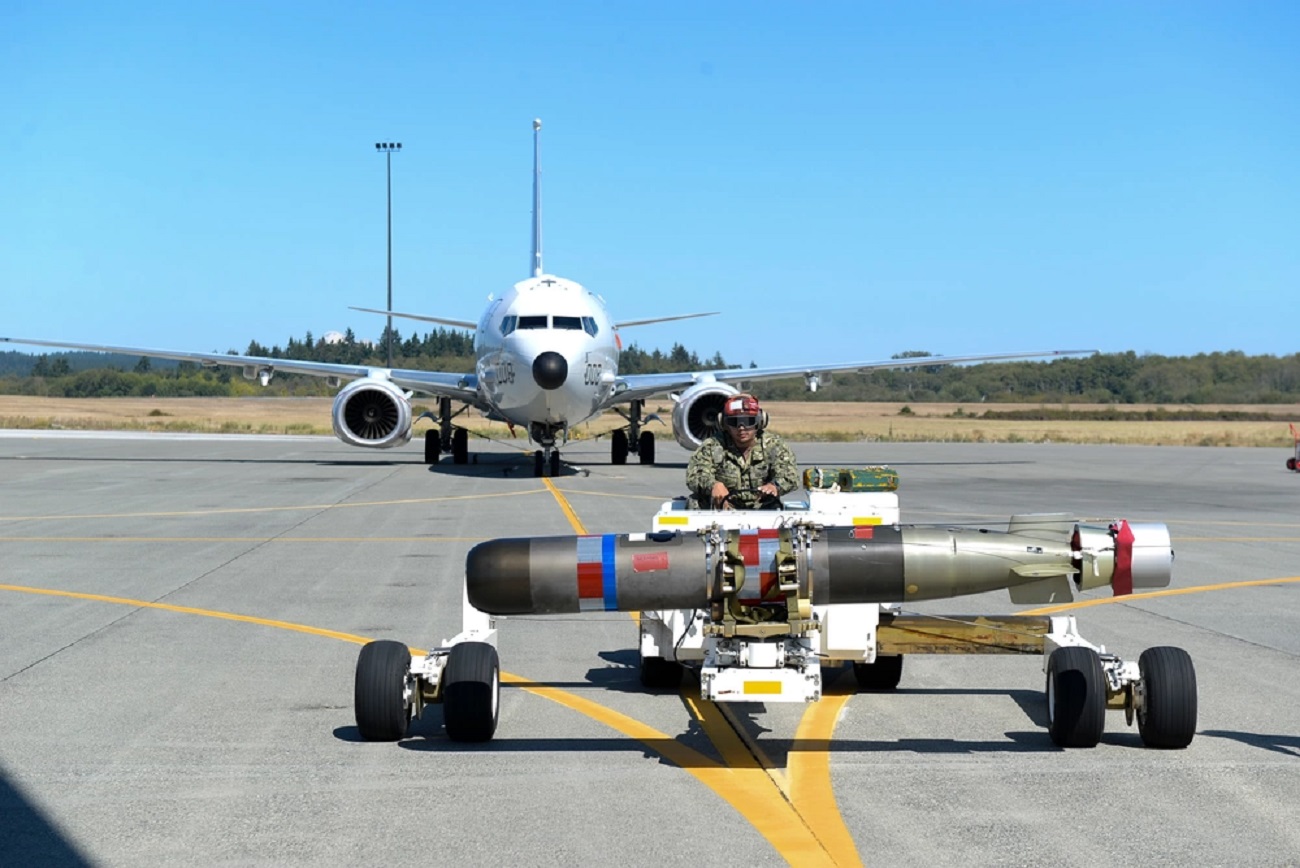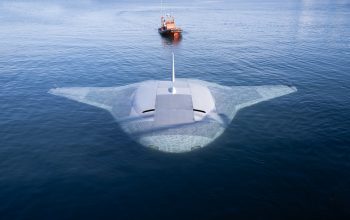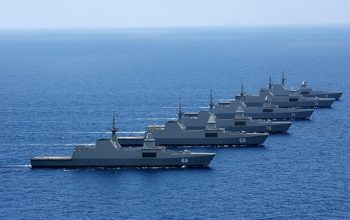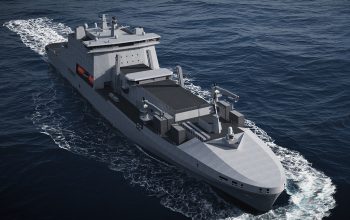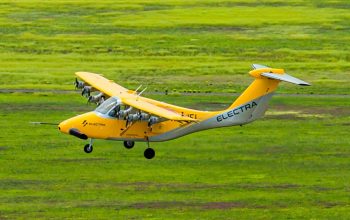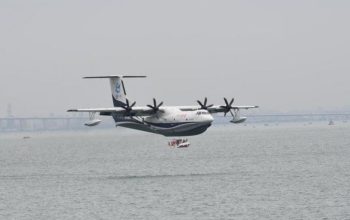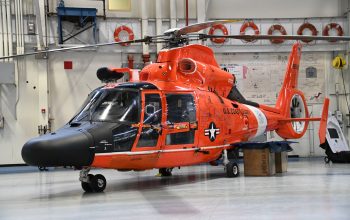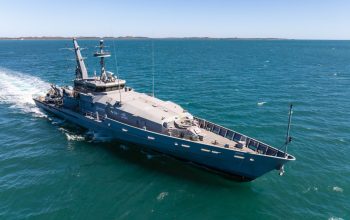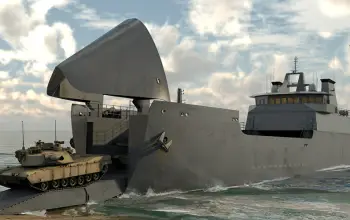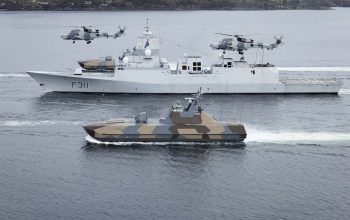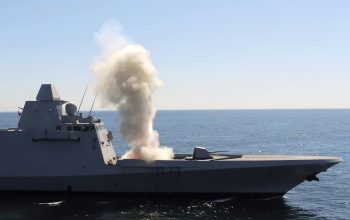The U.S. State Department has made a determination approving a possible Foreign Military Sale to the Government of Germany of MK 54 Lightweight Torpedoes and related equipment for an estimated cost of $300 million. The Government of Germany has requested to buy up to 80 MK 54 All Up Round Lightweight Torpedoes (LWT). Also included are MK 54 Mod 0 LWT spare parts; Recoverable Exercise Torpedoes (REXTORPs) with containers; handling shapes and containers; torpedo spare parts; tools for mounting and dismounting of Air Launch Accessories (ALAs); equipment for analysis of REXTORP exercise shots; REXTORP maintenance equipment and other related elements of logistics. The proposed sale will improve Germany’s capability to meet current and future threats by upgrading Anti-Submarine Warfare capabilities on its P-8A aircraft. The principal contractor will be Raytheon Integrated Defense Systems, Portsmouth, RI. There are no known offset agreements proposed in connection with this potential sale.
Developed in collaboration with Raytheon Integrated Defense Systems and the US Navy, the MK 54 represents a pinnacle in anti-submarine warfare capabilities, boasting advanced features that surpass its predecessors. Originally known as the Lightweight Hybrid Torpedo (LHT), the MK 54 has earned its place as a versatile weapon in the naval arsenal. Its adaptability to various environments—both deep and shallow waters, acoustic complexities, and littoral regions—makes it a formidable asset. This torpedo excels in tracking, classifying, and neutralizing underwater threats with precision, inheriting the roles of the US Navy’s Mark 46 torpedo. The MK 54’s versatility extends to its launch platforms, enabling deployment from surface ships, fixed-wing aircraft, and helicopters. This flexibility empowers naval forces across different branches and nations, with its user base spanning the US Navy, Indian Navy, Royal Australian Navy, Royal Air Force, and Royal Thai Navy.
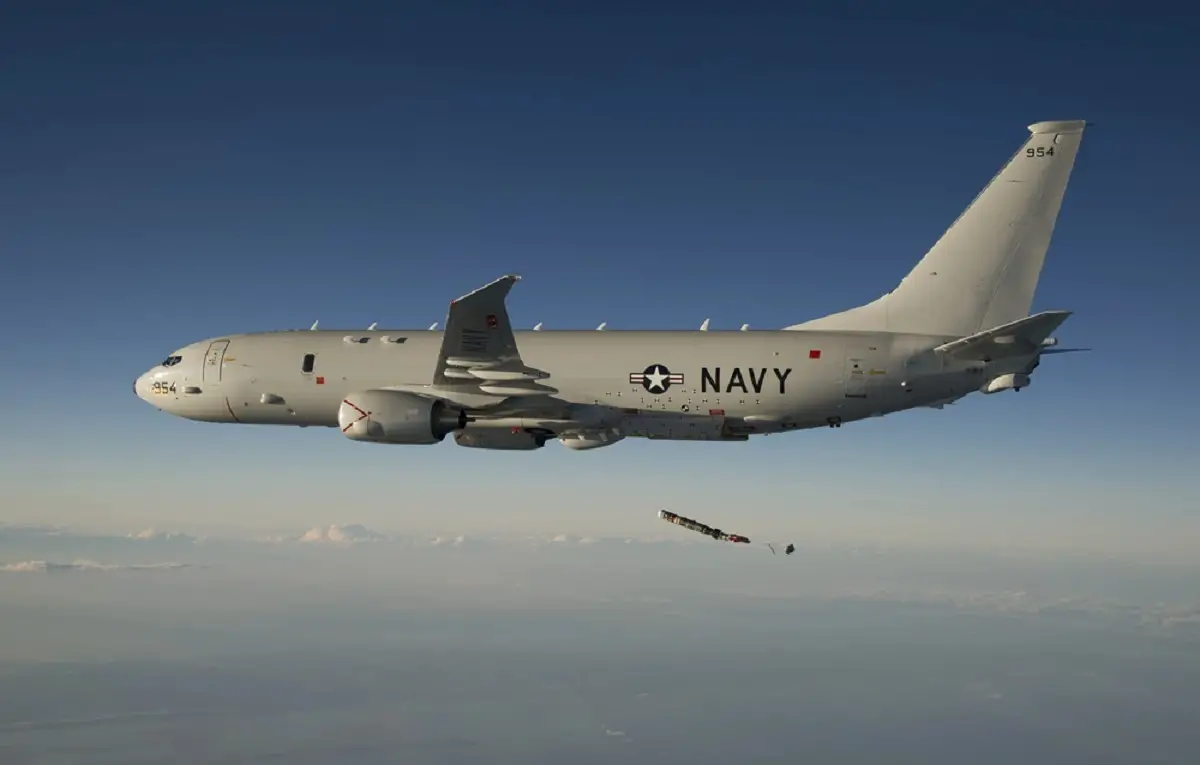
One of its key strengths lies in its fusion of cutting-edge hardware and software elements from previous torpedoes like the Mk 46, Mk 50, and Mk 48, augmented by commercial off-the-shelf technology. This amalgamation enhances its capability to counter shallow-water countermeasures. Equipped with advanced algorithms, the torpedo effectively detects false targets or countermeasures, enabling it to identify and eliminate threats efficiently. Measuring 2.71 meters in length, with a diameter of 32.3 centimeters and weighing 275.7 kilograms, the MK 54 carries a high-explosive warhead, weighing 43.9 kilograms, ensuring its effectiveness upon impact. Integrated with the TG-6000 IMU, this system ensures accurate three-dimensional motion and acceleration measurement. The torpedo’s propulsion system, employing a reciprocating external combustion engine burning Otto II liquid fuel, enables it to cruise at an impressive speed of 74.1 kilometers per hour, ensuring swift and effective engagement with targets.
The Boeing P-8 Poseidon is an American maritime patrol and reconnaissance aircraft developed and produced by Boeing Defense, Space & Security, and derived from the civilian Boeing 737-800. The P-8 operates in anti-submarine warfare (ASW), anti-surface warfare (ASUW), and intelligence, surveillance and reconnaissance (ISR) roles. It is armed with torpedoes, Harpoon anti-ship missiles, and other weapons, can drop and monitor sonobuoys, and can operate in conjunction with other assets. The US Department of State approved a possible Foreign Military Sale of five P-8As with associated equipment to Germany for an estimated cost of $1.77 billion. The US Defense Security Cooperation Agency (DSCA) notified US Congress of the possible sale on 12 March 2021. On 23 June 2021, Germany approved the purchase of five P-8As worth $1.31 billion. On 28 September 2021, Germany finalized the purchase and is to retire its existing P-3C Orions when the P-8s are delivered. In November 2023, a simulator and an additional three P-8s were approved.
